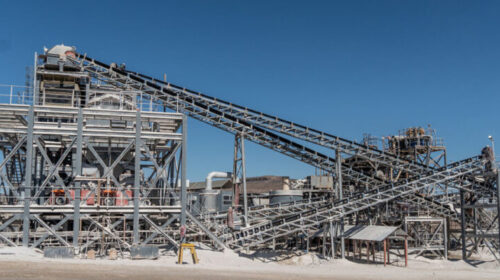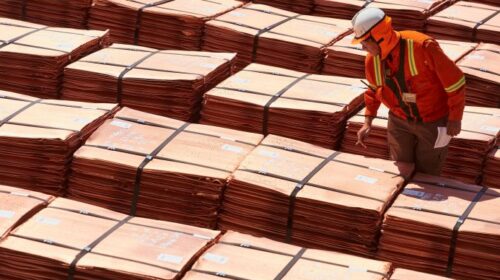Will Lithium Supply Meet Soaring Demand?
An ever-growing appetite for the key battery metal is raising questions about a supply–demand balance in the market.
As the world moves towards a decarbonised future, it is becoming increasingly clear that mining – namely its ability to extract vital future-facing minerals from the ground – will play a significant role in that journey.
Lithium is among the most important of these minerals.
A lightweight metal used in the cathodes of lithium-ion batteries, which power electric vehicles (EVs), lithium demand has increased significantly in recent years – it is expected to reach 1.5 million tonnes of lithium carbonate equivalent by 2025, and exceed three million tonnes by 2030.
Australia is the world’s largest lithium producer, responsible for more than half of global production in 2021, followed by China and Chile.
The combination of skyrocketing demand and considerable local deposits of the metal has led to significant movement in the Australian lithium market, headlined by recent acquisitions from Chilean lithium giant Sociedad Química y Minera de Chile (SQM), as well as IGO and Tianqi Lithium.
But all of this interest has also led to a potential tipping point.
With lithium suppliers struggling to keep pace, a price rally sent the total spot value of lithium consumption soaring to close to $US35 billion in 2022, up from $US3 billion in 2020, according to Bloomberg calculations.
Elon Musk, chief executive of major EV manufacturer Tesla, has called the price of lithium “insane”.
However, some analysts believe an anticipated wave of supply in 2023 will bring the market back to balance, but that balance might be difficult to establish or maintain in such a rapidly growing market.
“(This year) is when lithium becomes what I call a volume game,” Chris Berry, president of House Mountain Partners, a consultant to the battery-materials sector, said. “We need to see a supply response from both existing producers and near-term producers who will need to execute flawlessly in the face of sustained lithium demand.”
According to reports, forecasts predict production increases of between 22–42 per cent in 2023, though experts warn of pain if mining companies in Australia, China and Chile run into any issues in producing new volumes of supply.
“I really don’t think there’s any reason to believe that so many tonnes can magically appear this year to return the market to balance,” Claire Blanchelande, a lithium trader at Trafigura Group, said. “The pain is not over yet.”
For now, it appears increasing supply will see the price of lithium cool – but certainly not freefall.
“The market consensus and the consensus that I would agree with is that in 2023 pricing is likely to plateau, with perhaps some potential for downside,” Berry said.
“But by no means do I see any sort of a pricing collapse.”
31 total views , 1 views today





